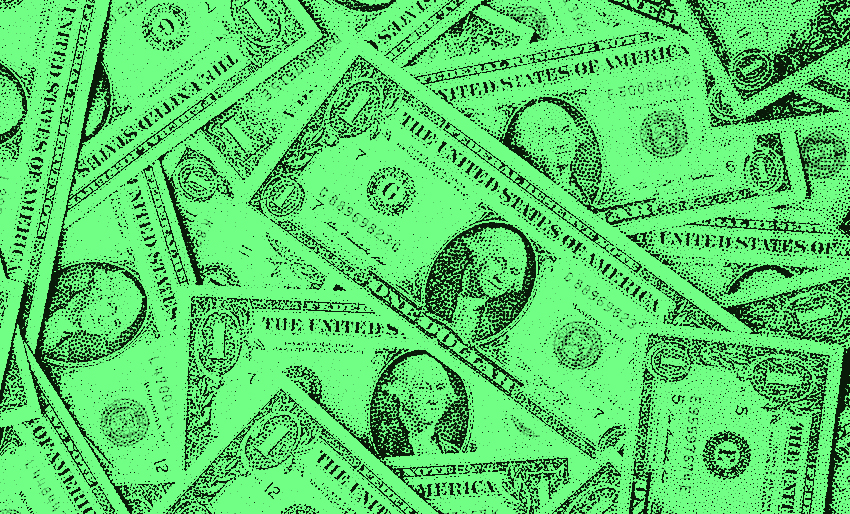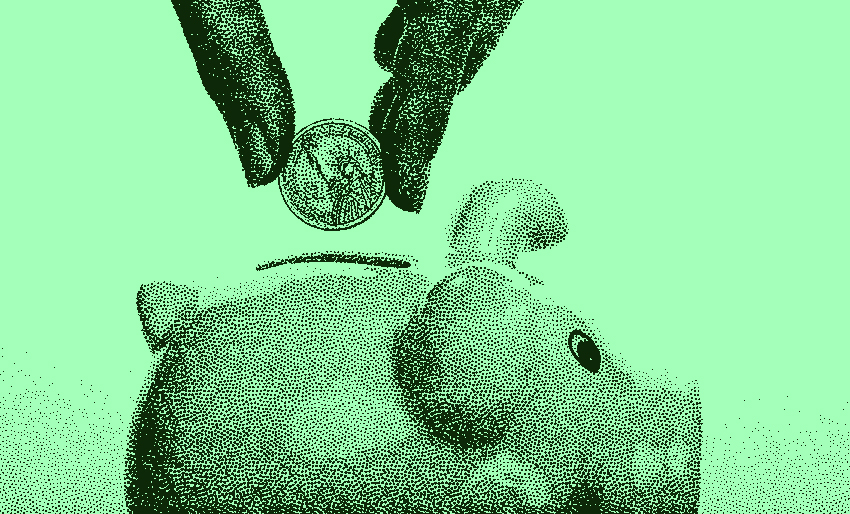Revisiting Black Monday 1987
This post was first sent out in our free finance newsletter. If you’re interested in staying in the loop, you can subscribe by entering your email in the box below!
Dan Nastou, CFA
It’s time for a little history.
This week marked the 35th anniversary of Black Monday, October 19th, 1987, a day when the Dow Jones fell by 22%. Yes, you read that right, 22%. In one, single, day! It’s the largest daily percentage drop in the modern history of the stock market.
To put that in perspective, the largest single day drop for the Dow during the COVID crash of 2020 was 12.9% (a massive drop in its own right) and in the crash of 2008 it was a “mere” 7.9%.
It’s hard to appreciate just how alarming this was for professional investors and retail investors alike. Imagine coming home from a long day of (pre-internet) work to see on the evening news that your portfolio had evaporated by 22%. Nauseating.
If you’ve seen the movie Wolf of Wall Street, you may remember a scene where Leo landed a job at a brokerage, only to witness the market implode on his first day. That was Black Monday. No amount of rhythmic chest pounding or lunchtime narcotics could salvage that day.
So what happened?
While there’s some debate as to what actually caused the crash, it was likely due to several factors.
For one, the market had enjoyed a major run in the years leading up to the crash and was probably due for a natural correction (the Dow had doubled in value since 1984). Also, many investors had recently taken to a newly designed algorithmic trading system referred to as portfolio insurance that used derivatives to try to limit an investor’s downside risk. Unfortunately, once the slide began, automated selling kicked in, resulting in a downward cascade of falling prices. And of course there was some good old-fashioned panic mixed in too.
However, despite the market chaos and growing fears among many investors that we were on the verge of another Great Depression, we, in fact, were not. The market declined for a couple more weeks but then stabilized and began its rebound. Within less than two years it had regained its high and then continued to charge ahead on its multi-decade bull run. By 1997, the market had more than doubled its pre-crash peak.
What can we learn from it?
Well, I think the takeaway is that yes, markets can be volatile, sometimes extremely volatile. And you’re bound to see some crazy *stuff* if you invest for long enough – history does tend to rhyme if not perfectly repeat.
But the investors who had the fortitude to hang in and ride out the crash eventually did quite well. And generally speaking, if you can avoid panic selling when things look their worst, you’re probably going to do a lot better than if you try to jump in and out of the market.
Emotional investing tends to be costly, and staying the course with your long-term plans will almost always pay off in the end – something we should all keep in mind as we navigate the current market turbulence.
Of course, there was a different Black Monday during the crash of 1929, which ultimately saw the Dow fall 90% peak to trough and take more than 20 years to recover. But hey, that’s a story for another time…
That’s it for now. Until next time.
-Dan



